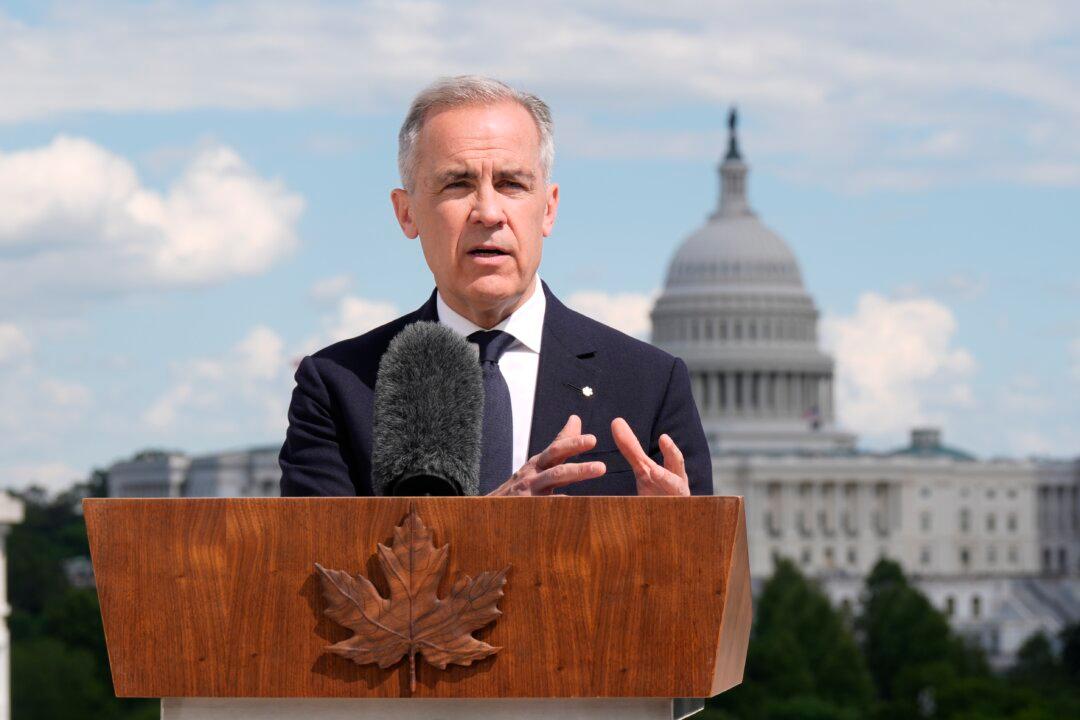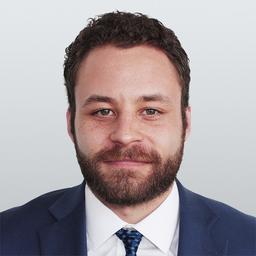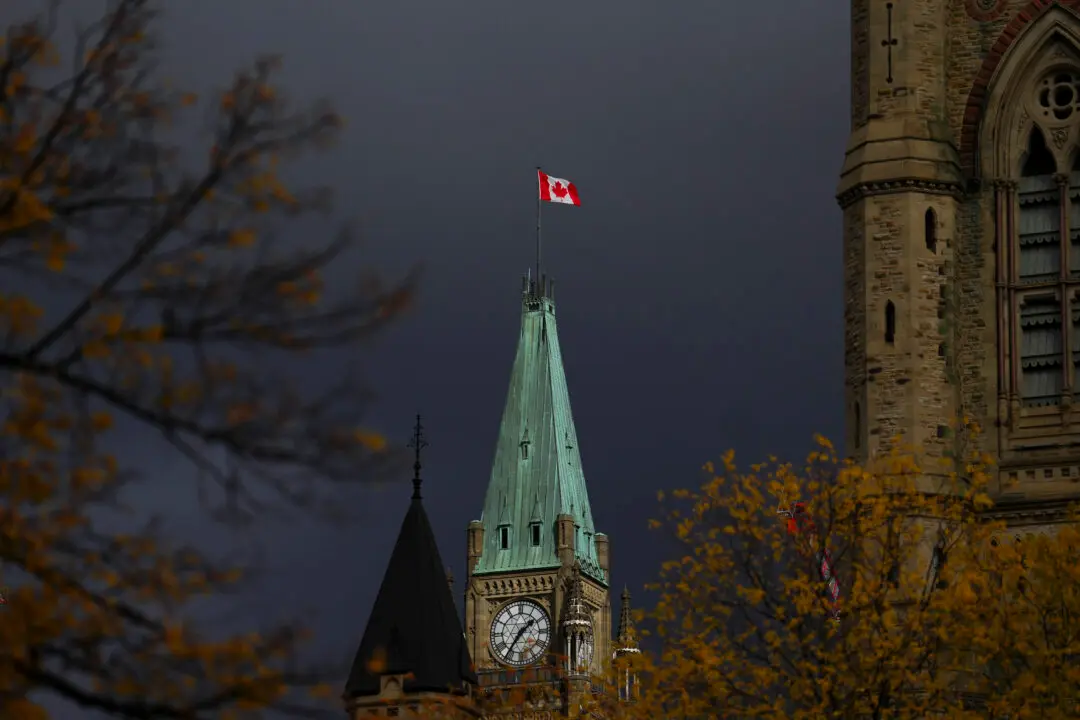Prime Minister Mark Carney will announce his new cabinet at Rideau Hall on May 13, with Governor General Mary Simon presiding over the swearing-in ceremony.
This will be the second cabinet put together by Carney, who won the April 28 election with a minority government of 169 seats. When Carney was first sworn in as prime minister on March 14, he brought along 23 cabinet ministers, three of whom had not held cabinet posts before.





